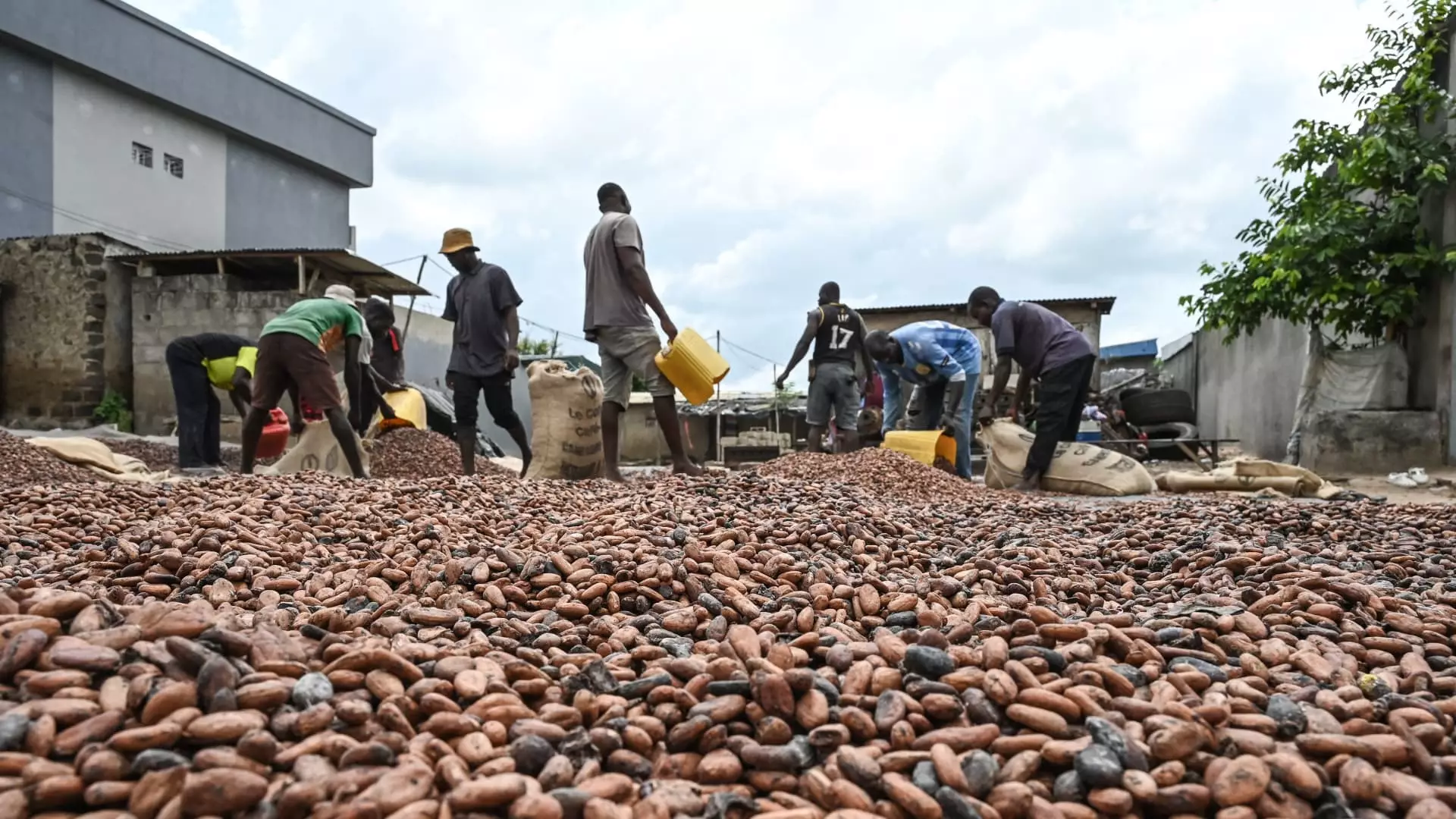The cost of cocoa, a core ingredient in chocolate production, has been on the rise, leading to concerns about the sustainability of the market. Analysts point to the supply of cocoa in West Africa as a key driver of the price surge. With around three-quarters of the world’s production coming from this region, any disruptions in the supply chain can have a significant impact on prices. In fact, benchmark ICE cocoa futures reached $6,549 per metric ton recently, marking a more than 57% increase year-to-date.
Despite the historic price surge, there has been no significant demand destruction observed in the cocoa market so far. This is surprising, given that high prices typically lead to decreased demand. However, commodities analyst Paul Joules suggests that cocoa is a compulsive purchase for consumers, which may be driving the sustained demand. Additionally, many players in the chocolate industry have contracts in advance, which means they continue to process cocoa even at elevated prices.
The rise in cocoa prices has not gone unnoticed by major players in the industry. Hershey, one of the world’s largest chocolate companies, issued a profit warning last month, citing soaring cocoa prices as a limiting factor for earnings growth. Warren Patterson, head of commodities strategy at ING, expressed concerns about how high cocoa prices can go before significant demand destruction occurs. While some decrease in demand has been observed, it has not been enough to alleviate tightness concerns in the market.
A major concern for market participants is the supply of cocoa from West Africa, particularly countries like the Ivory Coast and Ghana. These nations contribute a significant portion of global cocoa supply, making any disruptions in their production a cause for worry. Weather conditions, including El Niño-related dryness, have also impacted cocoa production in Southeast Asia, India, Australia, and parts of Africa. The combination of factors such as heavy rainfall, black pod disease, and delivery issues has created a challenging environment for cocoa producers.
The rising cost of cocoa presents a complex challenge for the chocolate industry, with concerns about supply, demand, and weather conditions all contributing to the current market dynamics. While demand destruction may be expected in the second half of the year, the extent to which prices can continue to rise remains uncertain. As major players navigate these challenges, the future of the cocoa market will depend on a delicate balance between supply and demand dynamics, as well as external factors such as weather patterns.


Leave a Reply